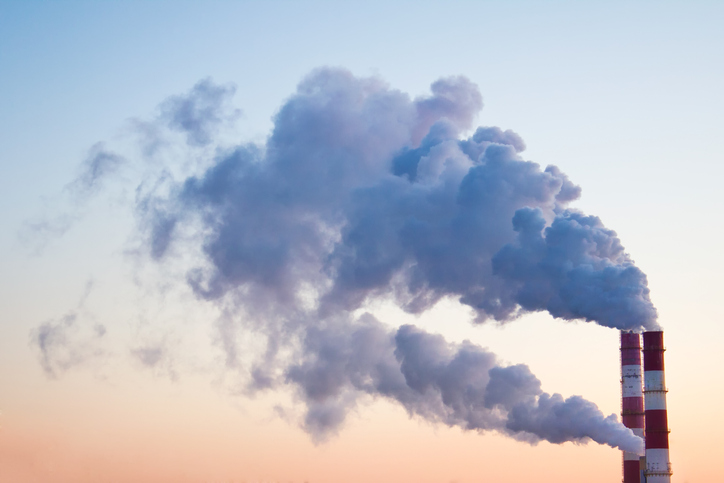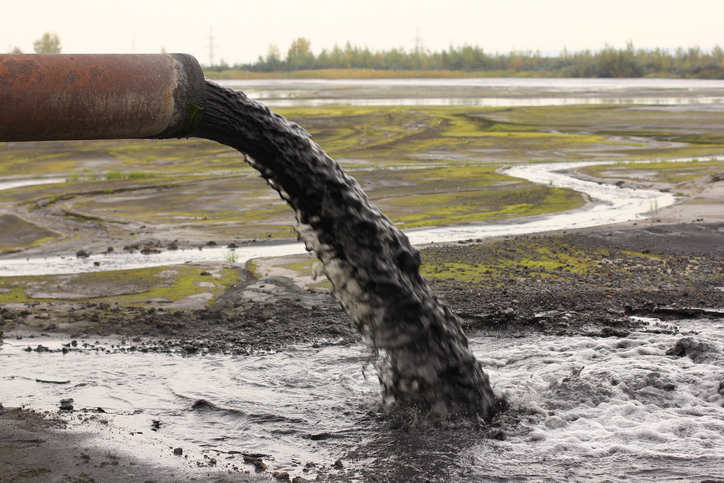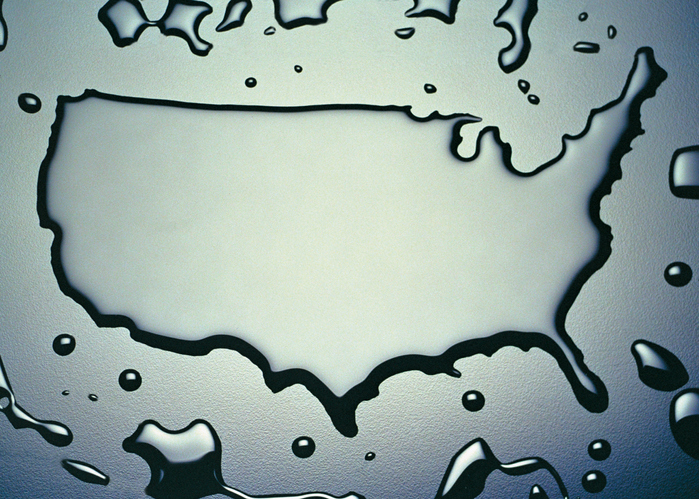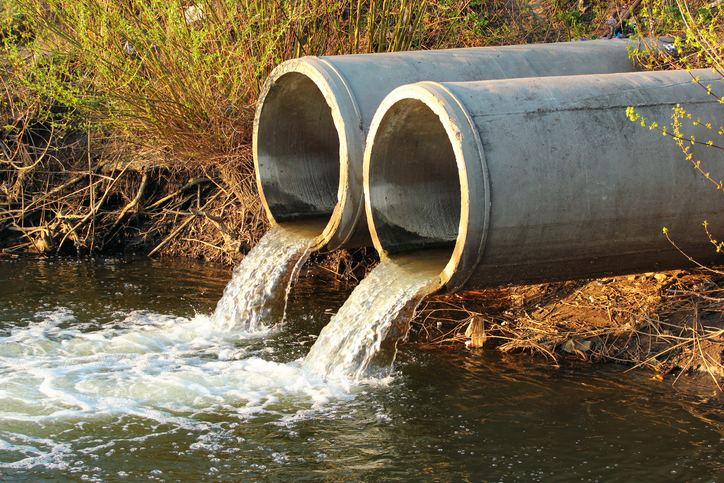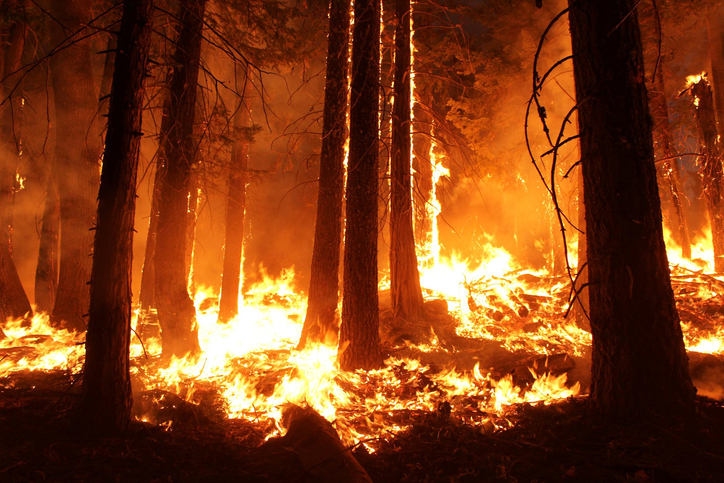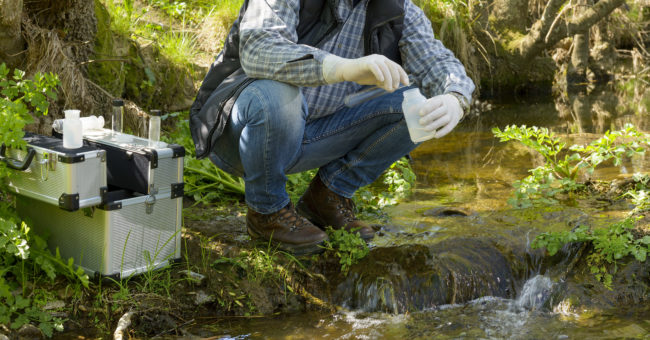In what definitely is becoming a pattern, yet another climate change lawsuit has been dismissed. On February 19, 2019, the United States District Court for the Eastern District of Pennsylvania dismissed the case Clean Air Council, et al. v. United States of America, Civ. No. 17-4977. With this dismissal, six significant climate change lawsuits, and several more questionable suits, now have been rejected by different US courts around the country: [in addition to Clean Air Council, what can be considered significant suits filed by …
Continue Reading